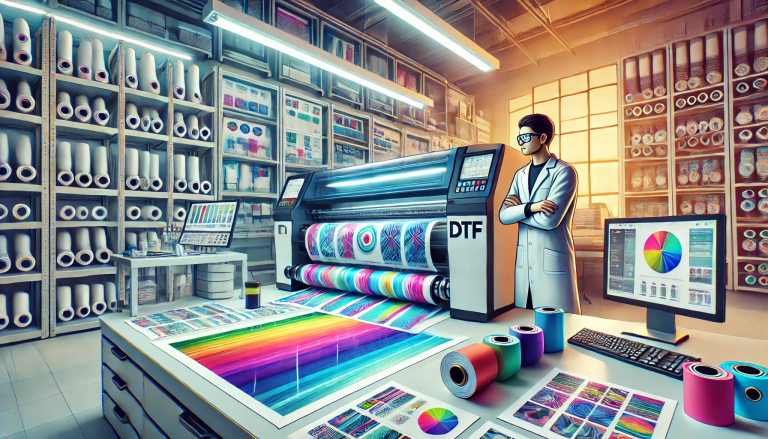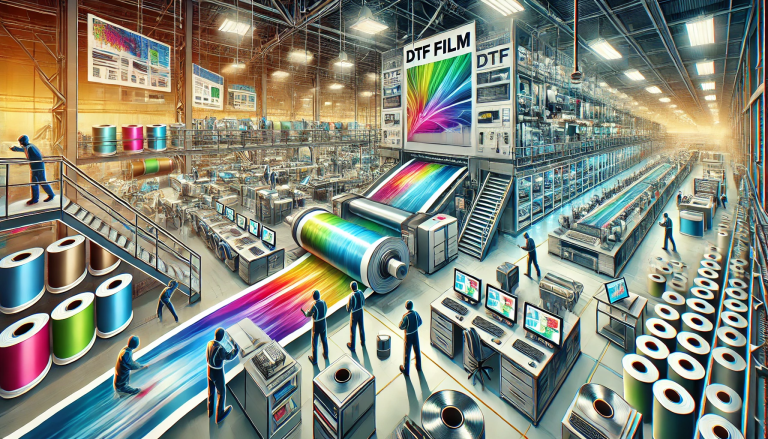“Do You Peel DTF Hot or Cold? An Examination of Techniques” -MAXDTF- Heat Transfer Film Supplier, impresora DTF PET Film Transfer Factory, Made in China
Part 1: Introduction
In the Direct-to-Film (DTF) printing process, one critical step is the peeling of the film transfer, which can be done either hot or cold. The choice between these techniques can significantly impact the final product’s quality and aesthetic. This article delves into the specifics of both hot and cold peeling, their implications, and how to choose the right method.
Summary: This article examines hot and cold peeling methods in DTF printing, discussing their effects on the final product and providing guidance on choosing the appropriate technique.
Part 2: Understanding Hot Peel in DTF Printing
Hot peel in DTF printing refers to the process of peeling off the transfer film immediately after heat pressing, while the transfer and garment are still hot. This method often produces a brighter, glossier finish and a softer feel to the printed area. It allows the entire layer of ink to adhere to the garment, which enhances the color vibrancy. However, it requires careful handling to avoid damaging the design due to the adhesive’s softened state.
Summary: Hot peeling in DTF printing results in a brighter, glossier, softer finish but demands careful handling to prevent damage during the peel due to the softened adhesive.
Part 3: Understanding Cold Peel in DTF Printing
Conversely, cold peel in DTF printing involves waiting for the transfer and garment to completely cool down before removing the film. This method often results in a more durable and matte finish, as the adhesive has time to harden before the film is peeled away. This reduces the risk of damage during peeling, although the final print may feel slightly stiffer than those produced with hot peel techniques.
Summary: Cold peeling in DTF printing provides a more durable, matte finish by allowing the adhesive to harden before peeling. This results in a lower risk of damage, although the print may feel slightly stiffer than hot peel prints.
Part 4: Choosing Between Hot and Cold Peel
The choice between hot and cold peeling depends on various factors, including the desired finish, the garment material, and the specific design. If a brighter, glossier finish and softer touch are preferred, hot peel would be the method of choice. For designs requiring enhanced durability and a matte aesthetic, cold peel would be more suitable. The type of fabric also plays a role, as certain materials may respond better to one method over the other.
Summary: The choice between hot and cold peeling depends on the desired finish, the type of fabric, and the specifics of the design, with hot peel favoring a brighter, softer finish and cold peel offering enhanced durability and a matte aesthetic.
Part 5: Conclusion
Whether you peel DTF hot or cold depends on various factors, including personal preference, design requirements, and fabric type. By understanding the implications of each technique, you can make an informed decision that best meets the needs of your specific printing project, ensuring high-quality results.
Summary: The decision to peel DTF hot or cold depends on numerous factors, and understanding these can help make an informed choice that optimizes the quality of the final print.




